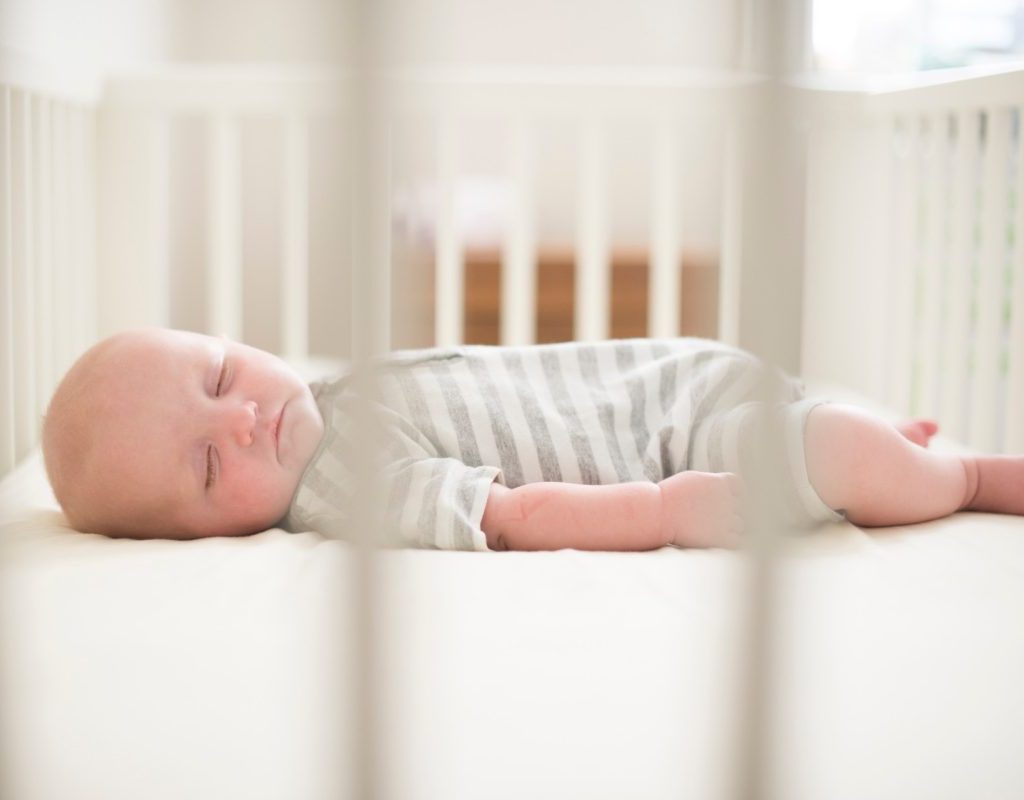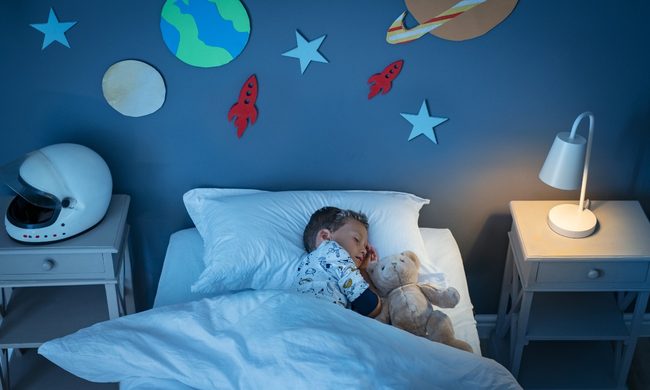If your baby won’t sleep in a crib, you’re probably frustrated and tired. However, this stage will pass, and you and your baby will have sweet dreams ahead. We have some tips to help get you there.
Figuring out how to get your baby to sleep in a crib can seem like a maddening puzzle, but there are a few tricks to try depending on the reason your baby won’t sleep in their crib. While getting them to fall asleep outside of the crib and then transferring them once they’re already sleeping is one option, the goal is to be able to put them down in the crib and have them fall asleep independently. It may seem a long way off, but with these tips it’s closer than you think.

Why won’t my baby sleep in a crib?
They want you. Babies want to be near you no matter what. It makes sense because you are their source of comfort, safety, food, warmth, and just about everything in their whole world. Many babies feel most comfortable falling asleep on the chest of a caregiver because of that proximity. The heartbeat, warmth, skin-to-skin contact, and smell all relax a baby enough for them to feel safe and doze off.
They want movement. Or maybe instead of sleeping on you, they prefer (or exclusively) fall asleep in a moving car or a swinging rocker. The movement reminds them of the time in the womb when their mom walked around, and they were rocked side to side with each step. This is calming and helps babies sleep, and if they’ve always fallen asleep that way, there is an element of habit coming into play.
There’s been a change. Did your child used to sleep in a crib and is now rebelling? There are a few possibilities: A growth spurt, sleep regression, an illness like a cold, the excitement of learning a new milestone like sitting up, or the onset of teething could all be the culprit of sleep disruption, and while they are all temporary, you still need to find a way to get them to sleep in their crib.
So what are the solutions to these sleep problems?

How do I get my baby to sleep in a crib?
The context of the sleep time and sleep environment are key to setting yourself up for success. Is your baby ready for sleep (full, burped, and tired)? Is the temperature of the nursery comfortable? Is something else going on like teething? Make sure you check off these basics before moving on to figuring out what else might need to change to get your baby to sleep in their crib.
Here are a few things you can try:
- If you have a baby who only wants to sleep on another person, you can wear your baby’s crib sheet, so your little one picks up your smell before putting it on the crib. You might feel silly wrapped in a cape made of a fitted sheet, but you’ll feel good about it if it works!
- You can also play a heartbeat or womb sound from a phone app, crib noise machine, or stuffed animal to relax your baby. A mobile or light projector that puts something like spinning stars on the ceiling could also entertain your baby enough to then lull them into sleep.
- You can also stay right next to the crib and rub their tummy and sing to them without picking them up while they get used to the crib.
- Depending on your baby’s age and stage, they may be in a swaddle or sleep sack and potentially ready to move to a new sleeping arrangement. They could be outgrowing the swaddle and ready for a sleep suit like Baby Merlin’s Magic Sleepsuit. Make sure you’re staying safe with whatever choices you make. Babies should only sleep on firm, flat surfaces like a crib mattress and should not have any stuffed animals or blankets until they’re older. Wearable blankets like a sleep suit are your best bet for right now. Sleeping in a swing is not safe, either.
- Letting a baby fuss a little if their needs of food and warmth are met may feel uncomfortable because you want to comfort them, but they may just need to complain about being put down a little before they sleep. While sleep training is a whole other topic, you can wait a couple of minutes to see if they settle before going in. It’s okay for them to be temporarily unhappy as long as they aren’t left to wail for a long time. Wait a bit before going in if it seems like they’re not settling down and pick them up to rock them into sleepiness before putting them down in the crib again. Repeat as needed until they are so exhausted they do fall asleep in the crib.
The most important thing — as with all parenting — is to approach the process with patience, kindness, and curiosity. If something doesn’t work, you’ve ruled that out and are one step closer to figuring out what does work. They won’t be sleeping only on you and in cars when they’re a teenager, so you know this is just one bump in the road of the baby months. Your baby wants restful sleep, too, and you’ll get there together.



